It was a long time coming: 261 excited students in burgundy caps and gowns filed through Temple Beth Am’s sanctuary to collect their diplomas. But not all of these graduates were Jewish. Students of African, Latino, and Asian descent, in addition to Jews (most of them, of Russian or Persian heritage), comprised Los Angeles ORT Technical Institute’s (LAOTI) Class of 2001.
“You now have the foundation to go forward,” LAOTI Board of Trustees Chairman Arlee Maier said from the stage. “From this day on, you are the ambassador of ORT. Please go forward with a feeling of accomplishment, and boast [about] where you’ve received your education.”
That message will not be wasted on ORT’s audience.
“I’m grateful for the experience,” said Meredith Burns, 57. An African American who served in the Air Force during Vietnam, Burns, who majored in computer-aided design and drafting, learned of ORT through the Veterans Administration. He extended his nine-month course by two months to maximize his program and now plans to further his engineering education.
Deogracias Fabian, 21, an L.A. native of Filipino heritage, received the Academic Achievement Award in microcomputer and networking technology. Eight months ago, he felt stuck after his father became unemployed. Less than a year later, he was emphatically thanking his teacher, Ahmad Naimi.
“I enjoy seeing my students get jobs,” said Naimi, who has derived satisfaction from teaching ORT pupils for nearly a decade. “My feedback is when they get a job.”
Right on cue, former student Vitaliy Sklyar approached Naimi to share exciting news: he had found a computer-repair job.
“He’s a great teacher,” said Fabian, referring to Naimi, one of ORT’s 40 Los Angeles-area instructors. “I was able to learn how to build a computer from scratch. My knowledge has increased dramatically, and I feel more secure about computers, which is the future. Right now, I’m looking forward toward entering the work force.”
Los Angeles’ ORT chapter was also a long time coming. Established in 1985, the Wilshire Boulevard-based headquarters (with a Sherman Oaks campus) is just one link in an 800-site chain of a nonprofit, nonsectarian organization that has been around since the 19th century. With international headquarters in London, ORT, which provides vocational training in more than 100 trades, is among the largest nongovernmental agencies in the world with more than 300,000 students enrolled in 800 technical schools across 60 countries.
It all started 121 years ago with an influential clique of Russian Jews during Alexander II’s reign. In 1880, these Jews lobbied the czar for permission to create trade schools that would assist Russia’s 5 million impoverished Jews. The Society for Trades and Agricultural Labor was born, and while ORT has been defined as “Organization for Rehabilitation through Training,” the acronym is derived from the Society’s moniker in Russian: Obschestvo Remeslenovo i. zemledelcheskovo Trouda.
In 1922, a year after the World ORT Union was formed, ORT’s American roots were planted in New York. By 1927, Women’s American ORT was founded in Brooklyn. Today, American ORT and Women’s American ORT function as the organization’s U.S. fundraising arms.
More than 500,000 people were trained by ORT throughout prewar Eastern Europe. Russian operations were interrupted during Stalin’s purges, yet survived in Europe despite the onslaught of World War II. Following the Holocaust, ORT prepared 80,000 displaced survivors for new lives in Israel and other countries.
Even as the Iron Curtain forced ORT to close offices in 1949, outlets were opened in North Africa and Iran. Over the next three decades, ORT flourished throughout Latin American and South Africa. By the mid-1980s, Los Angeles and Chicago locations followed. In 1990, after a 52-year absence, ORT enjoyed a sweet victory when sites were reinstalled in Russia (today, 22 ORT centers dot the map of the former Soviet Union). ORT’s largest program is in Israel, where the organization established a foothold following the State’s 1948 dedication. Today, more than 100,000 Jewish, Arab and Druze students attend 140 schools there.
Here in Los Angeles, administrators say students will reap the same quality education delivered to their counterparts abroad.
“When they go through our program with no language skills and then finish and get a job and change their lives, it’s very rewarding,” said Joseph Neman, director of LAOTI.
At the ceremony, State Sen. Richard Alarcón, (D-San Fernando Valley) the keynote speaker, told the newly minted graduates that diversity is America’s greatest commodity. He told the audience, a sizable portion of whom were immigrants, “There are some people who believe that immigrants are bad for this country. Well, immigrants built this country.”
Alarcón took pride in the knowledge that 120 languages are spoken at schools such as Hollywood High. However, he also said how impressed he was with Israel’s ulpan system. Integrating immigrants by teaching them a common language, Alarcón suggested, has coalesced the country’s productivity and its morale in the face of her enemies. “Unfortunately, in this country, I don’t think we understand that as well,” said Alarcón. “I believe ORT understands that.”
At the post-graduation dessert reception, Iranian Jewish sisters Sahar and Sepideh Nassiripour hugged Melna Katzman, who teaches English as a second language.
“She’s a very good teacher. We learned a lot about American culture,” said Sahar, 22, who, until recently, could barely speak English.
“They take care of a lot of people, and that’s important,” said real estate magnate Stanley Black, LAOTI chairman and founding donor (its L.A. headquarters have been dubbed the Joyce and Stanley Black Family Building). When Black approached his friend, Holocaust survivor Fred Kort, the CEO of Imperial Toys, about establishing ORT here, Kort was eager to help — and not just because his last name rhymes with the organization. In pre-Holocaust Poland, Kort took electrical engineering courses at ORT’s Poznan school. The training gave Kort the skills and the self-esteem that would ultimately propel him to the top.
“It helped me during the war and after,” Kort said. “It’s a fabulous organization.”
“This is the American success story,” Katzman said , surveying the students filling Temple Beth Am’s reception hall. “These students go from being very depressed people to very successful people.”
As Alarcón put it, “With organizations like ORT, we know we are building a better world.”
For information on Los Angeles ORT Technical Institute, call (800) 998-2678; or visit www.laort.com or www.aort.org .






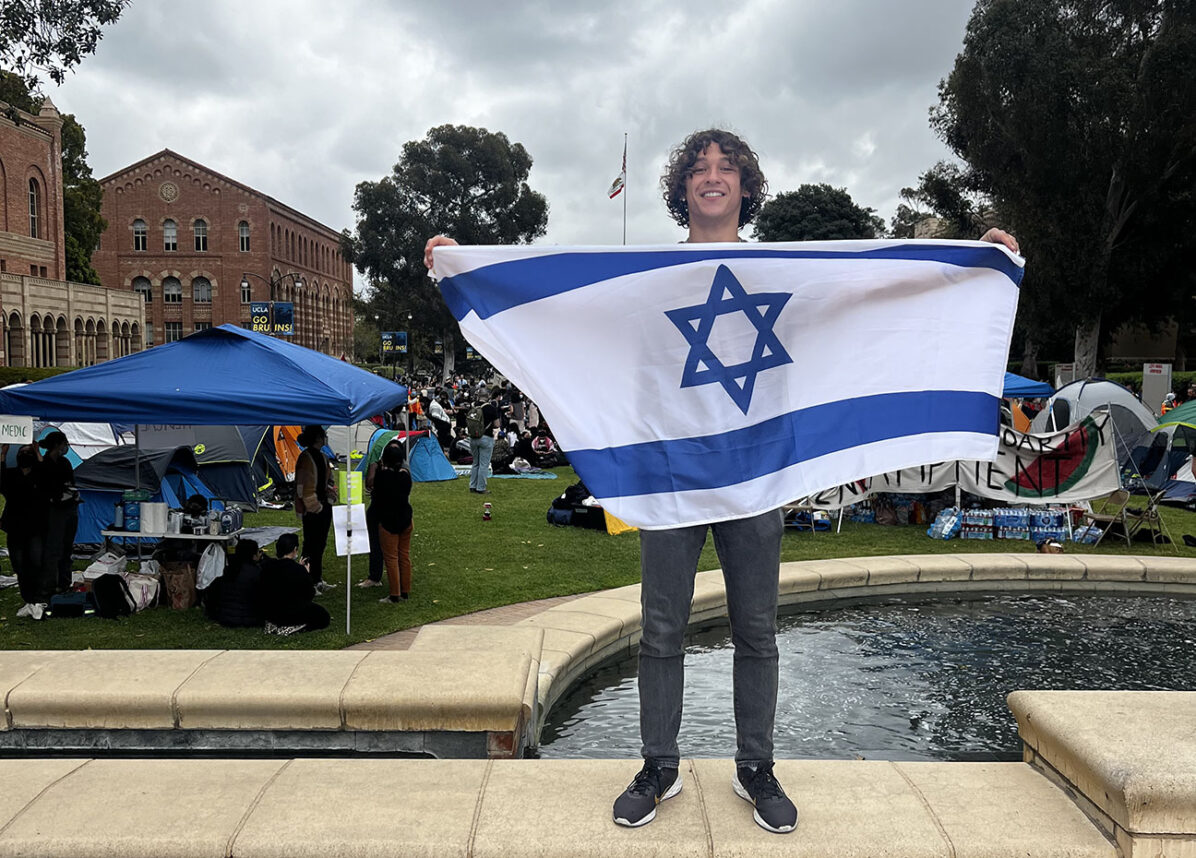
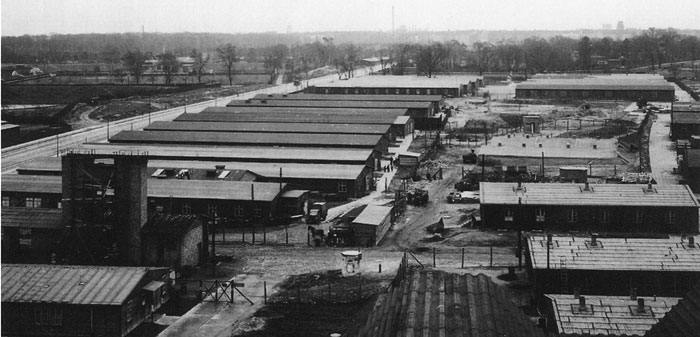
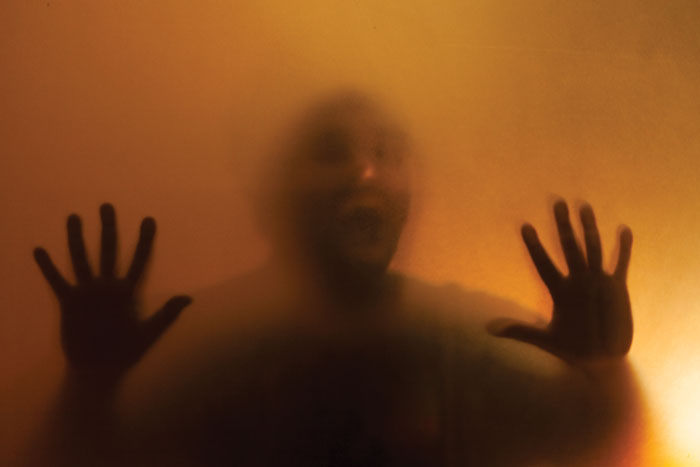
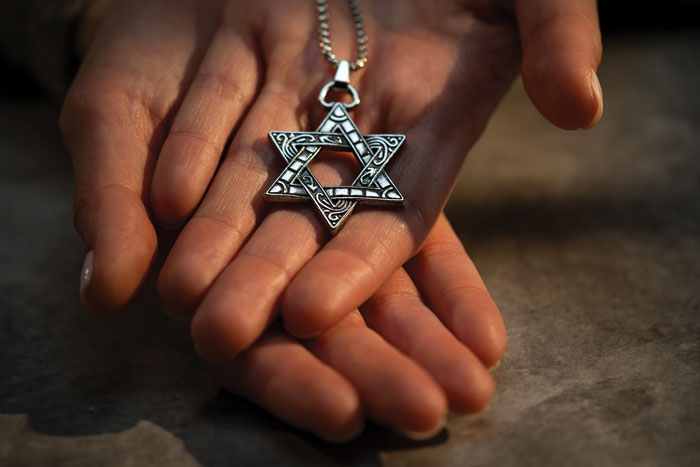

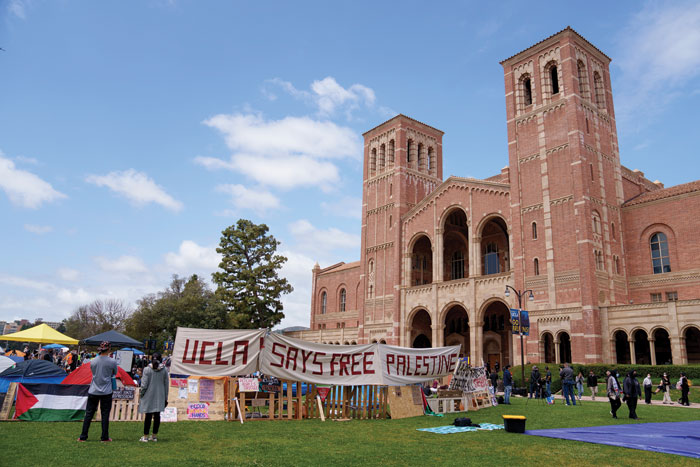



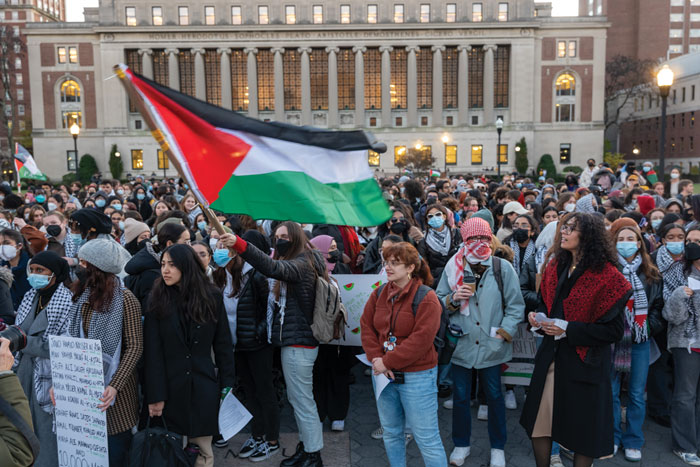
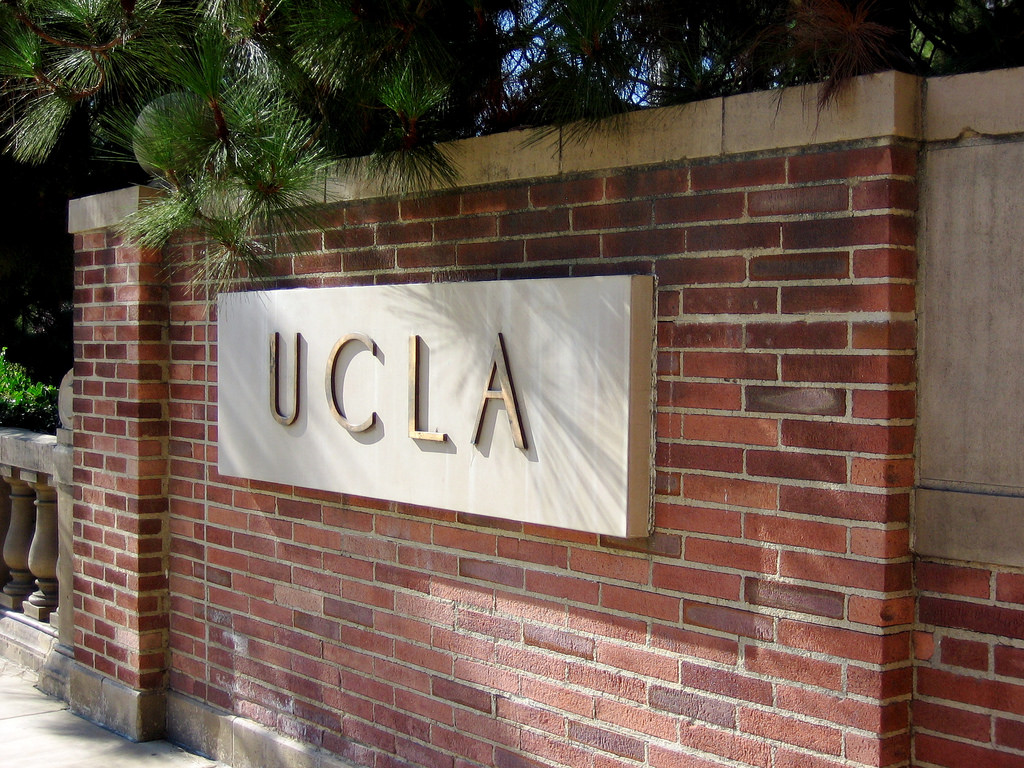





 More news and opinions than at a Shabbat dinner, right in your inbox.
More news and opinions than at a Shabbat dinner, right in your inbox.